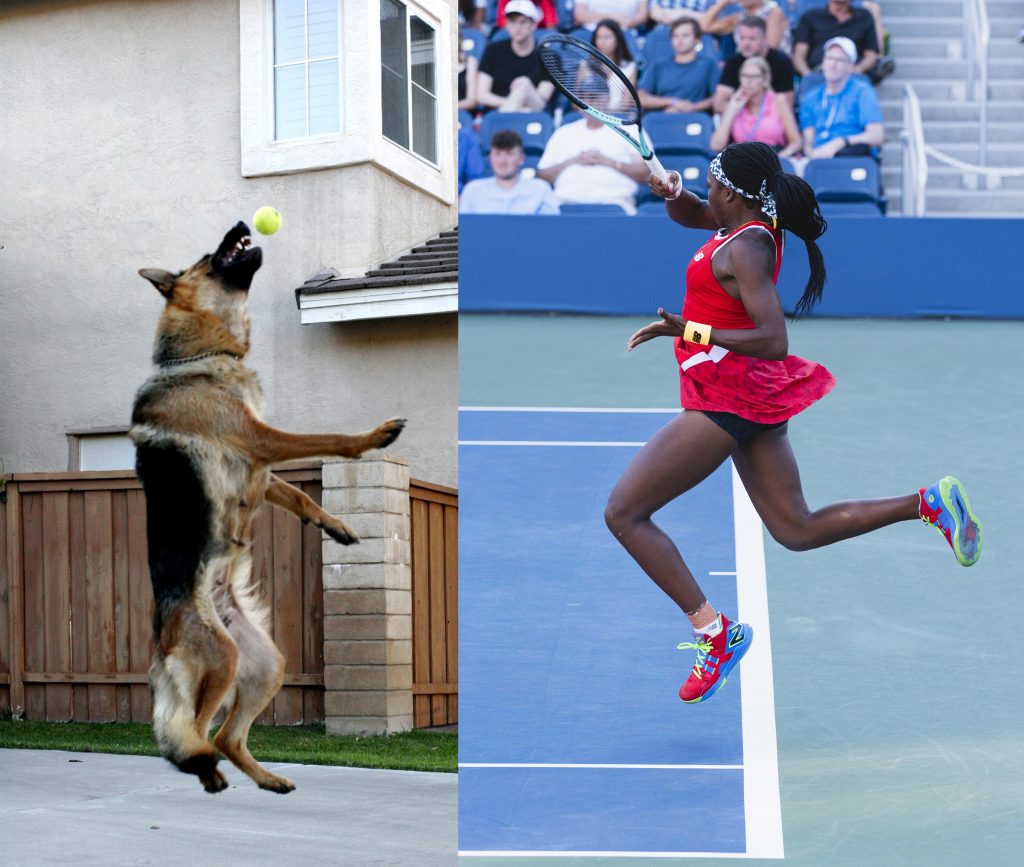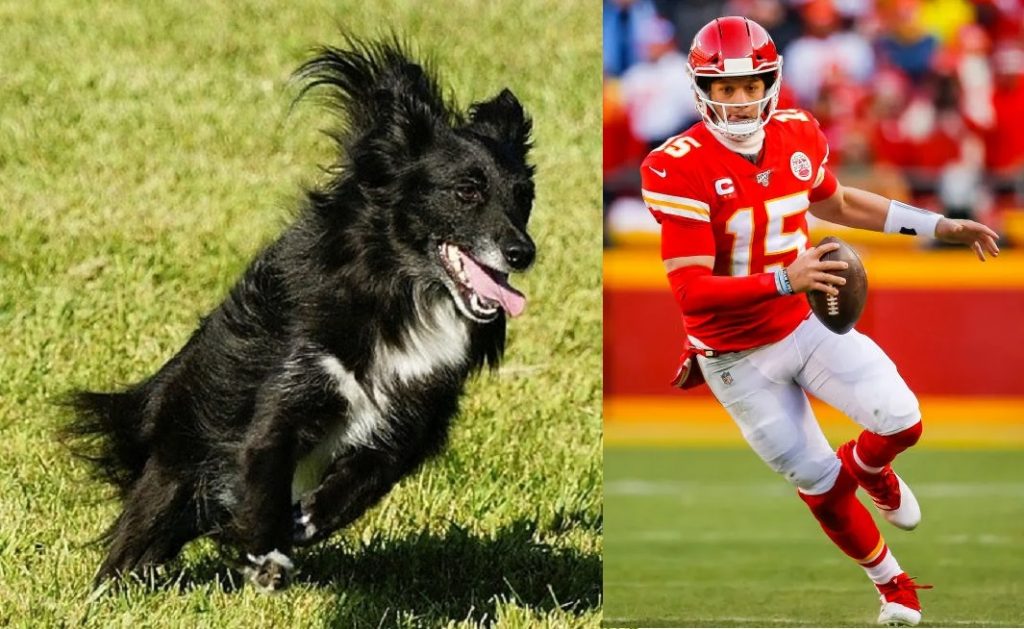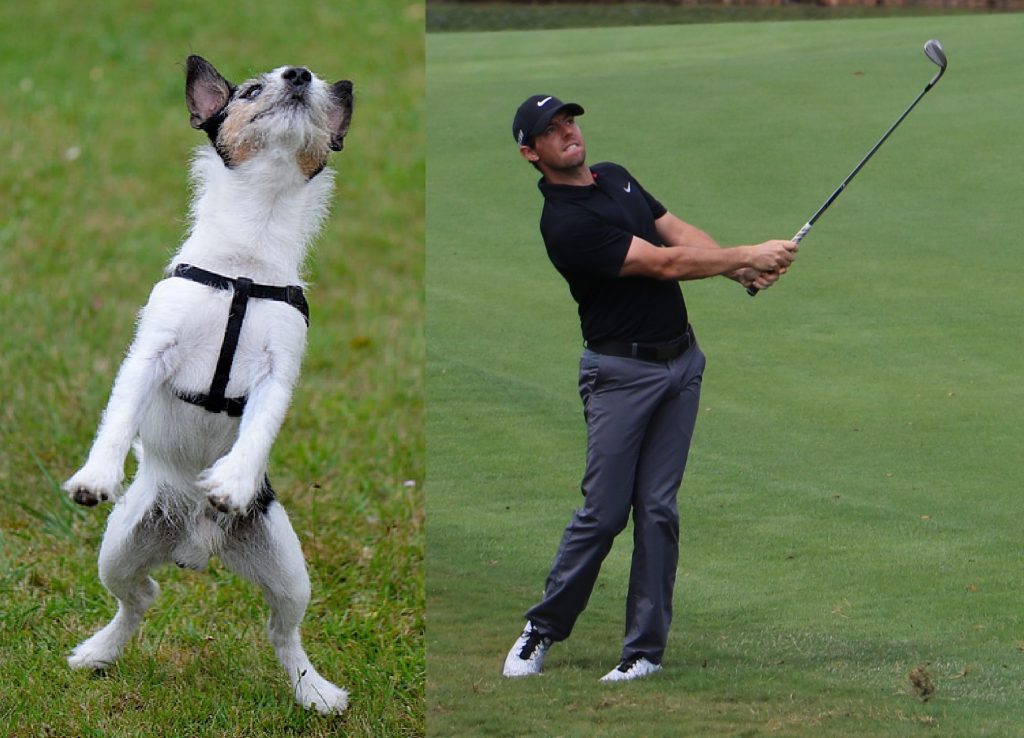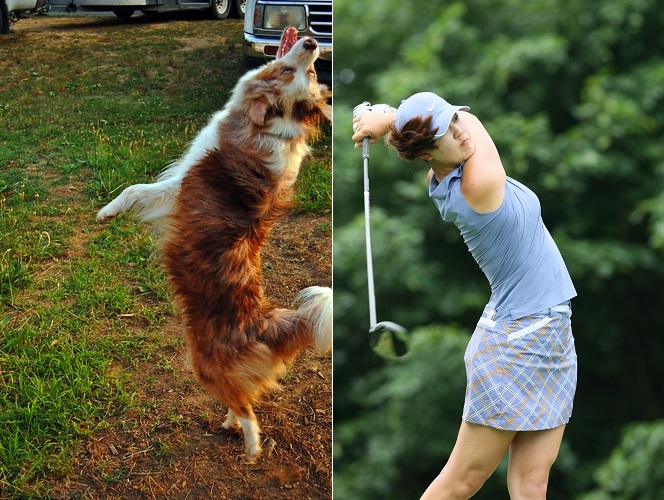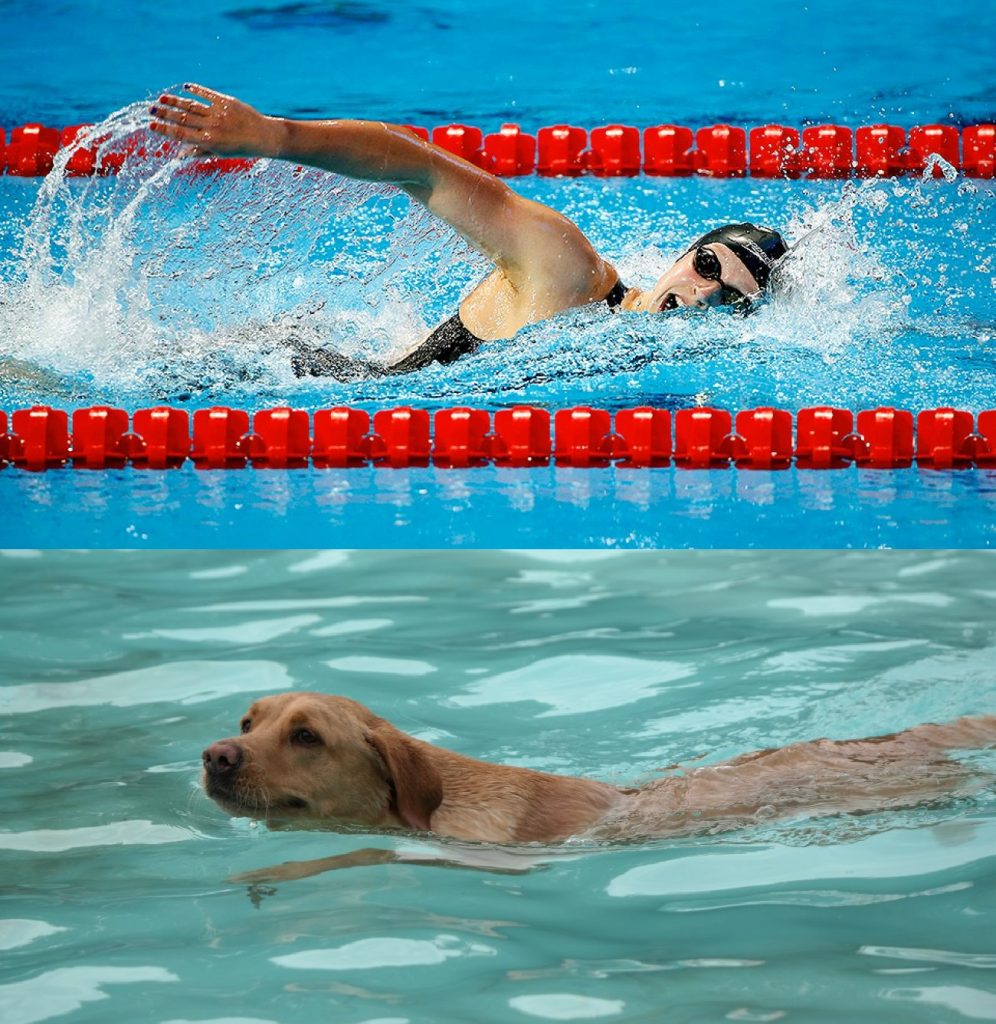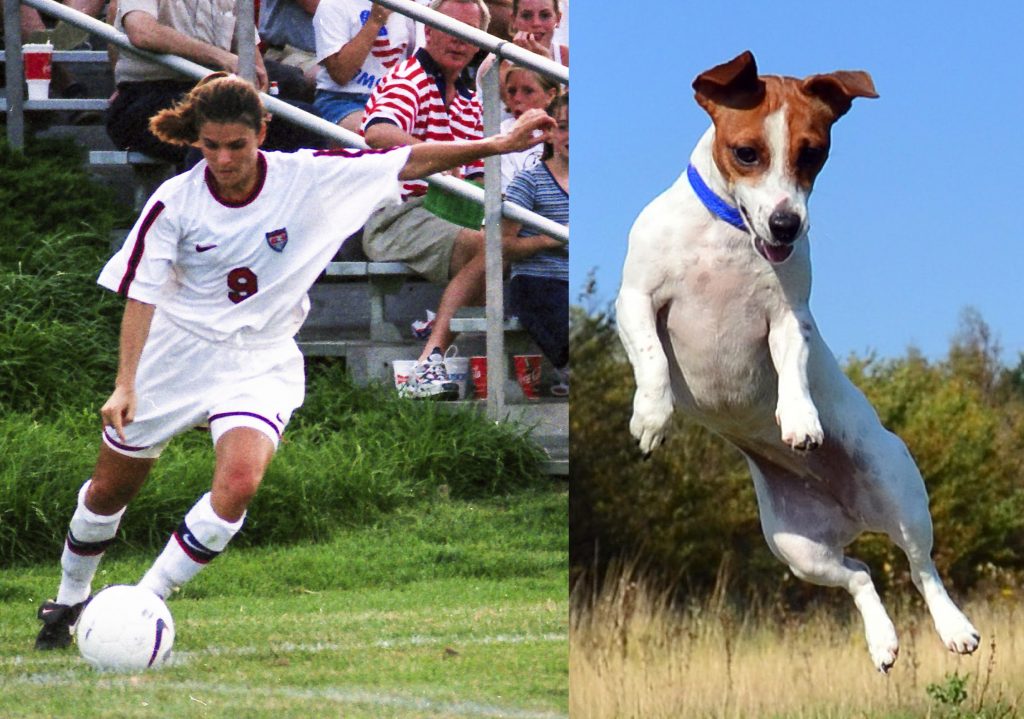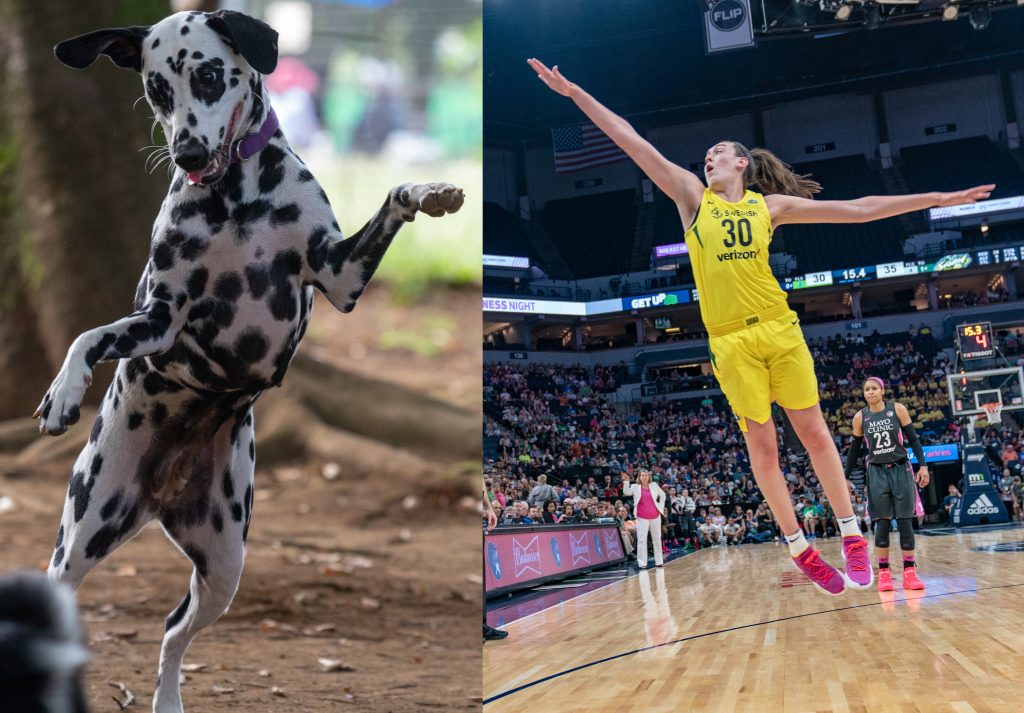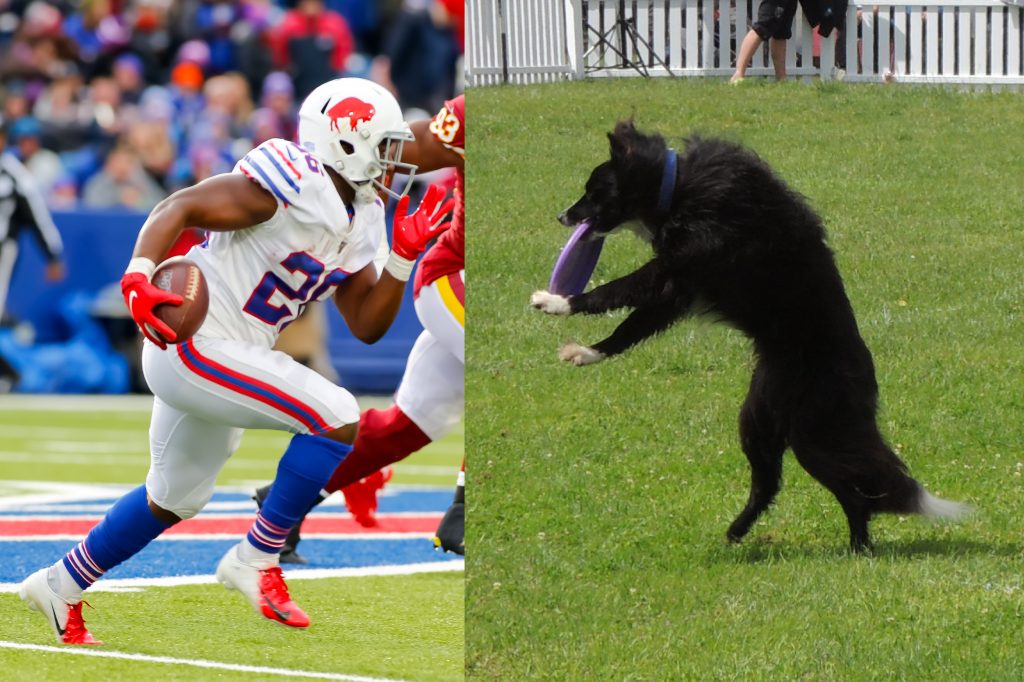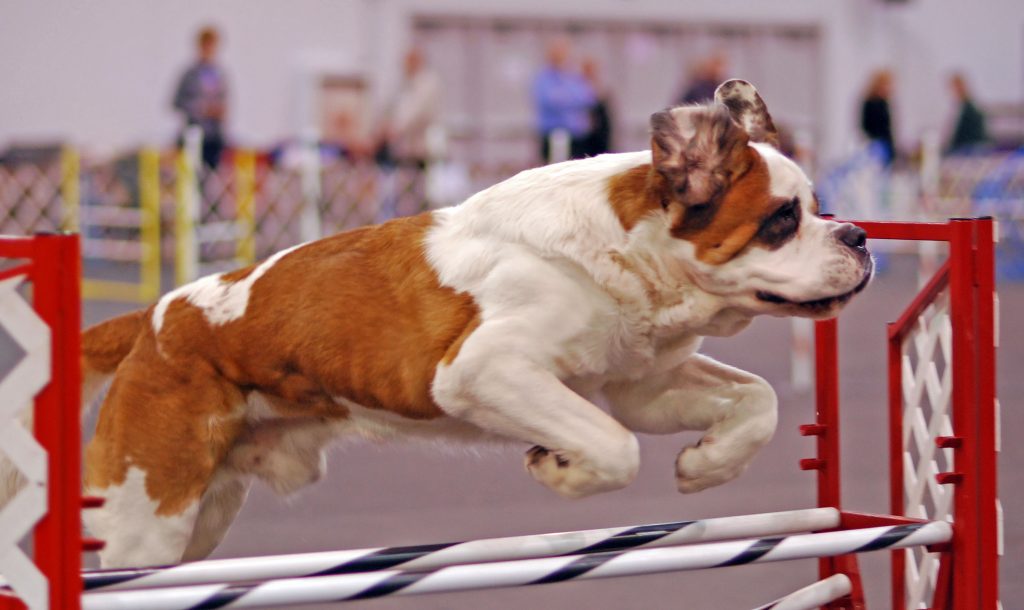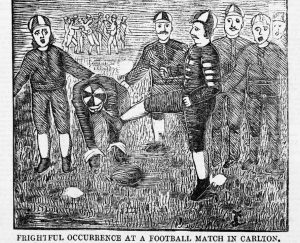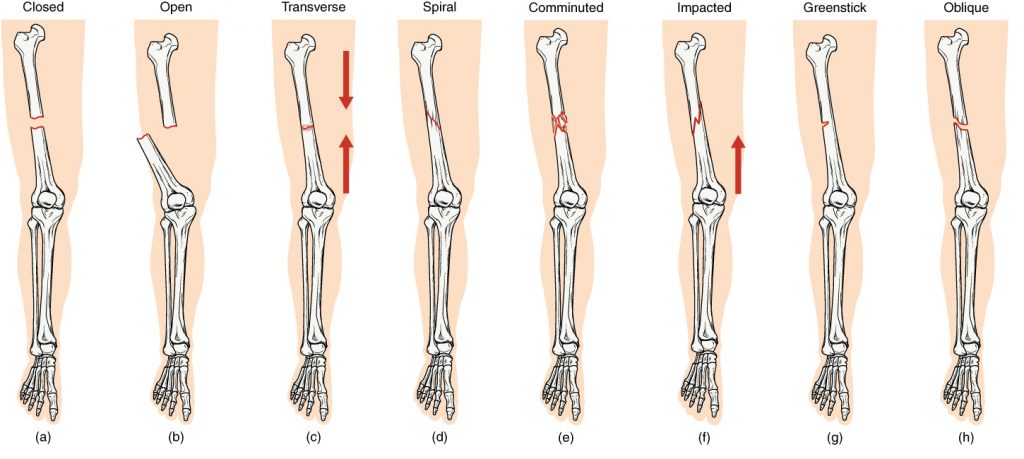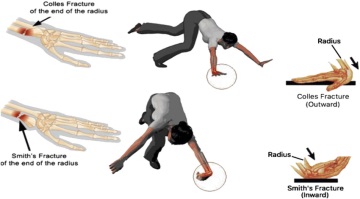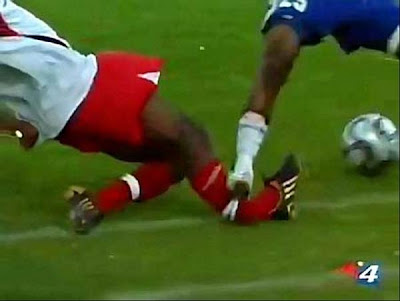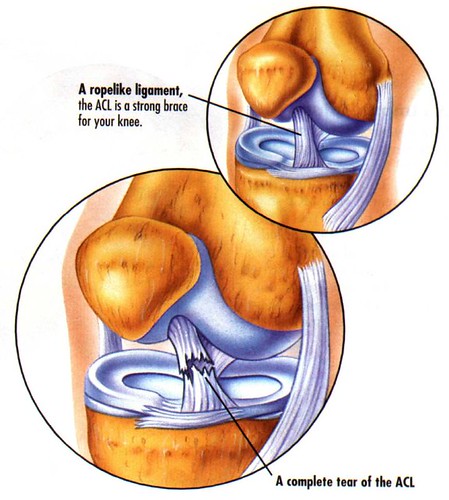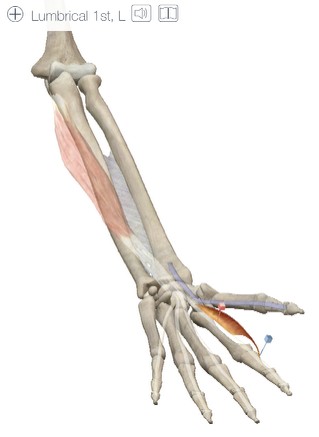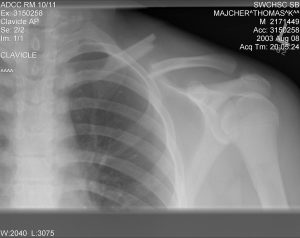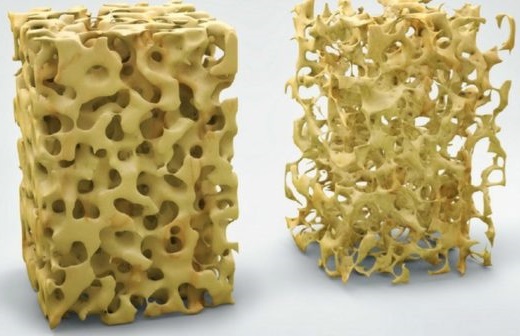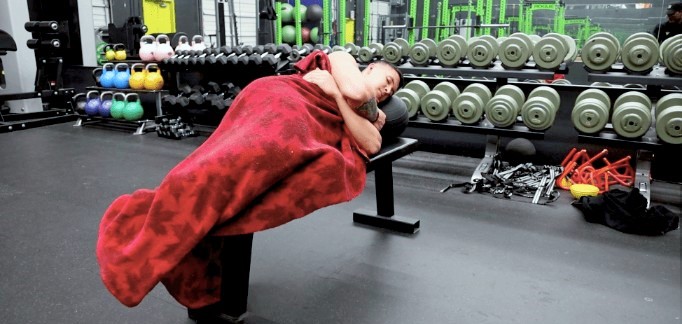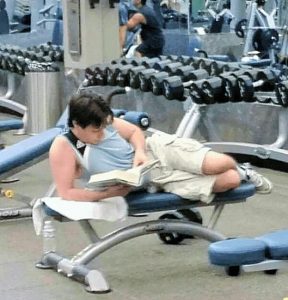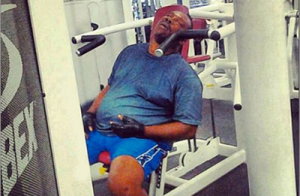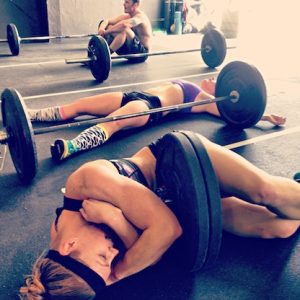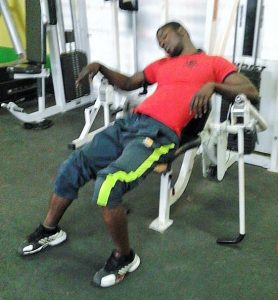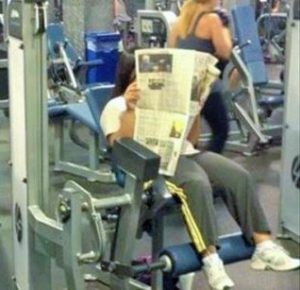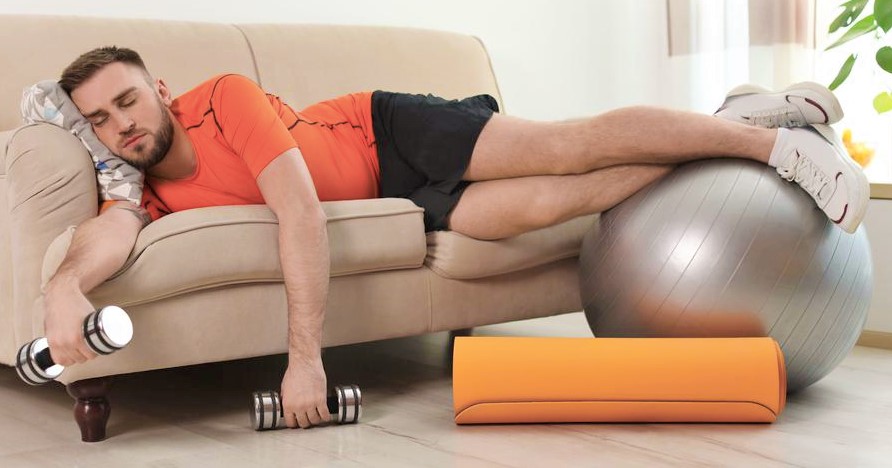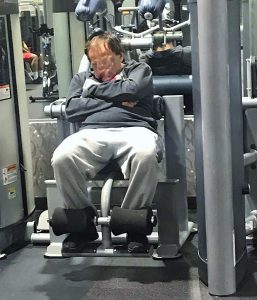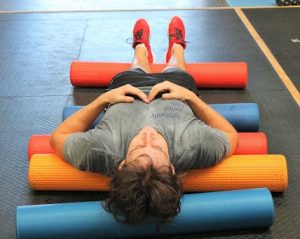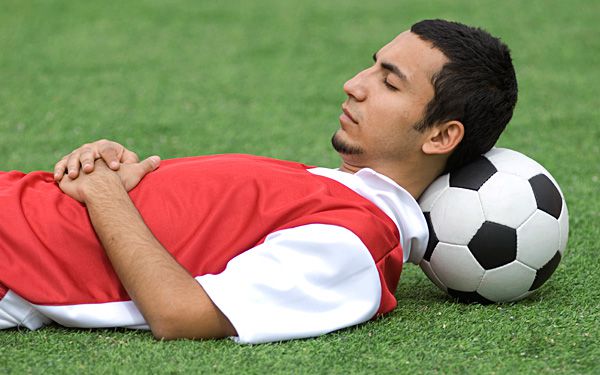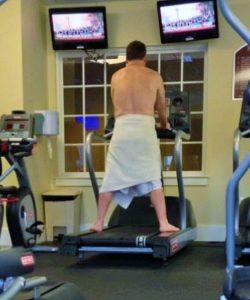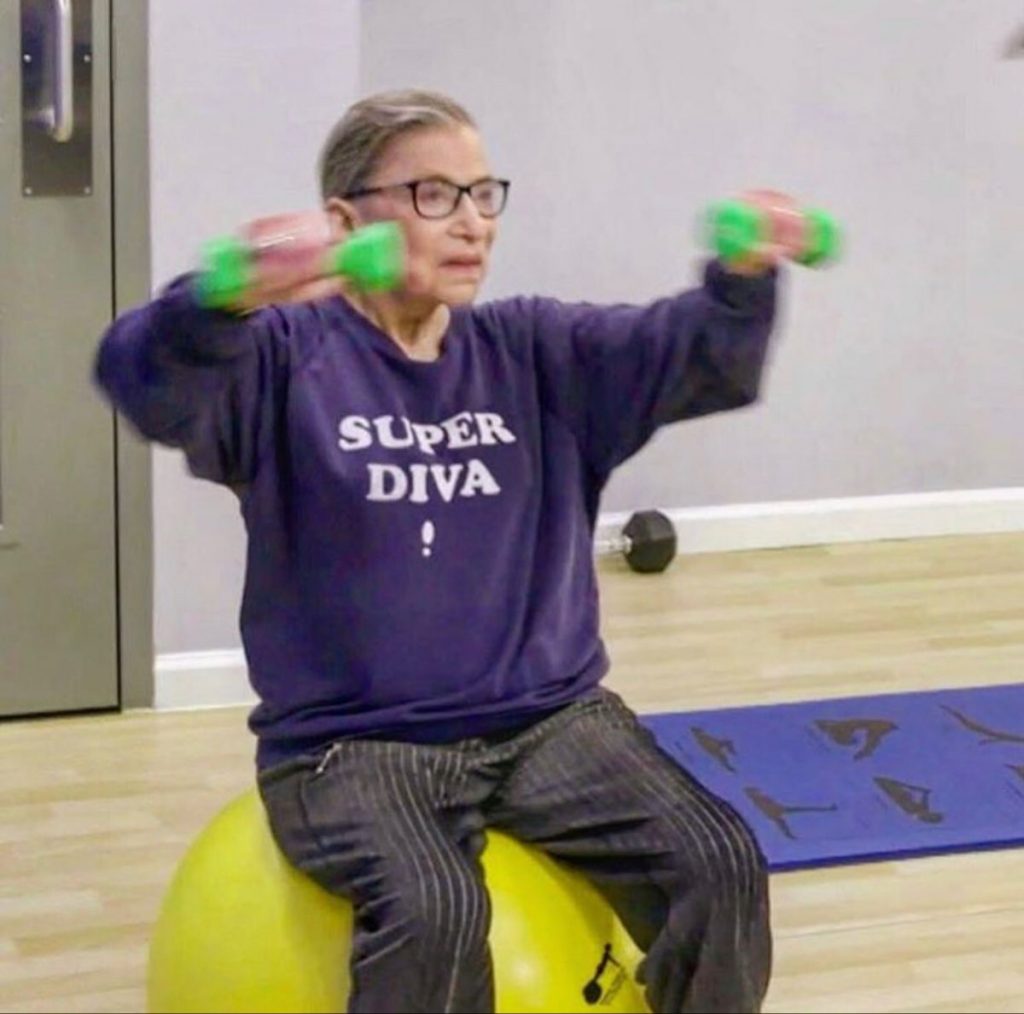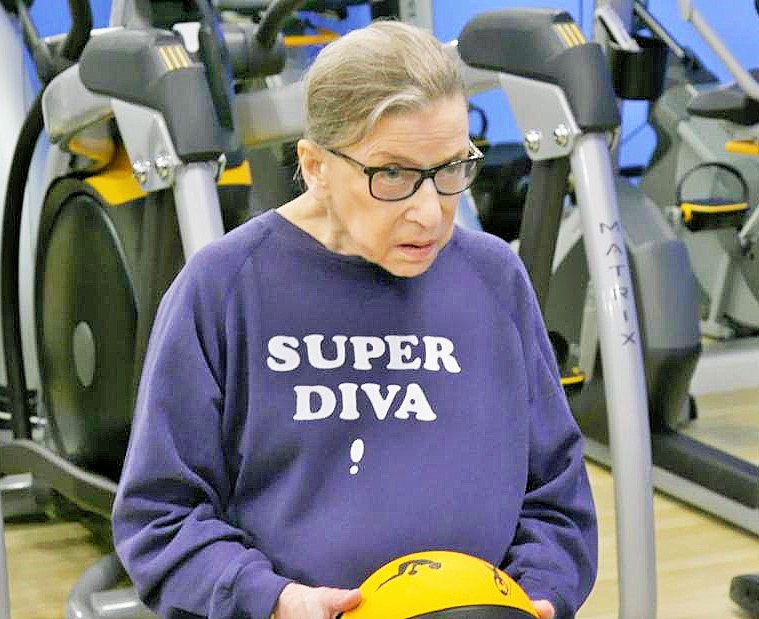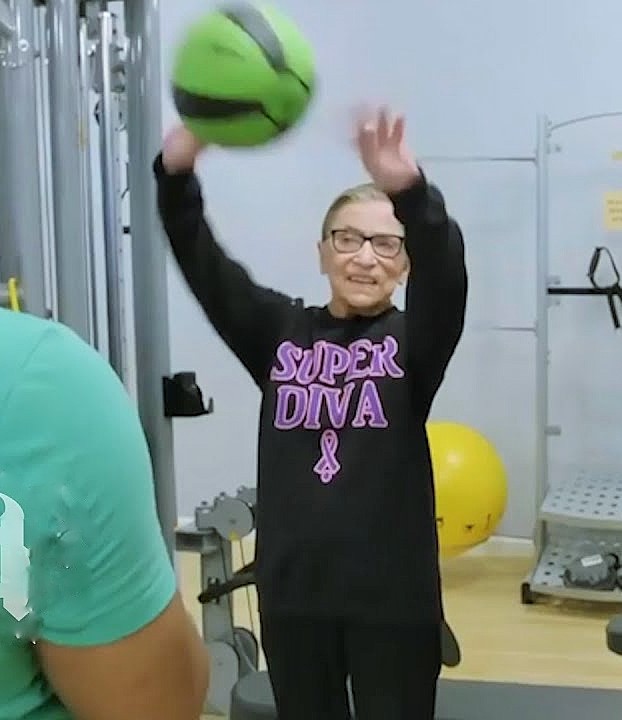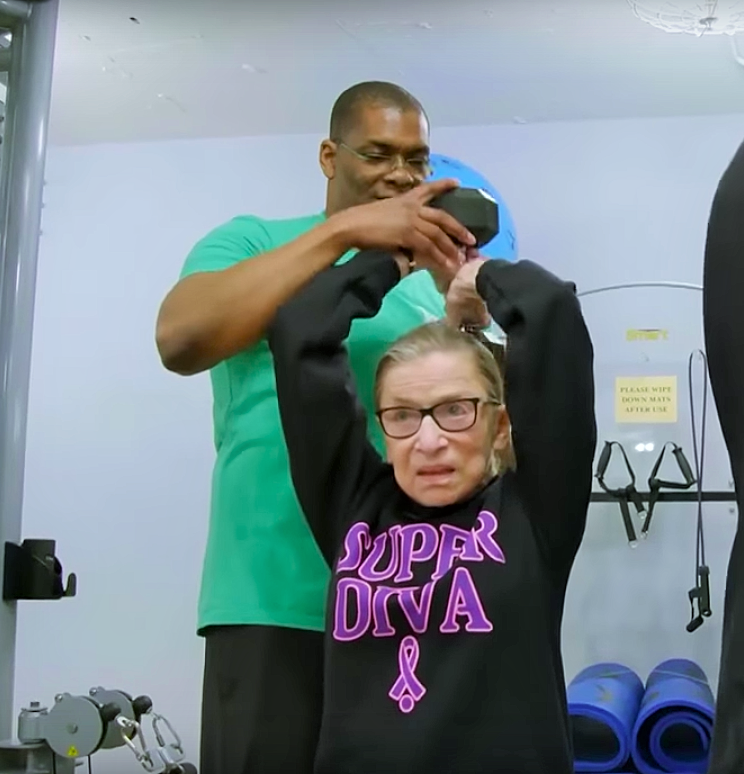I’ve been watching the U.S. Open tennis matches, and of course hearing lots of sports talk and announcements about various elite athletes—tennis and otherwise—past, present, and future. And I asked myself, “Who are these people?”

I’ve written before about underlying mental traits that contribute to common personality types (such as optimists, pessimists, addicts, and cult members). As it turns out, whatever your favorite sport, your “heroes” are much the same.
Mental Traits of Elite Athletes
New sports science research reveals that there are consistent similarities among athletic super achievers, showing that it’s a lot more than sheer talent. Here are 7 of the top traits that help phenomenal sports stars thrive, that separate the best from the rest. According to the latest sports science research published in the Journal of Applied Sport Psychology and summarized by neurotrackerx.com, here are excerpts of their points.
1. Supreme Concentration
Truly great athletes get into the zone when they need to. A mental state of total focus allows them to channel all their skills into competition when it matters most.
As sports psychologist Dr. Daniel Brown put it, “To concentrate on being a champion, your mind has to be developed to such an extent that you can really stay very tuned in to what you’re doing.”
2. Commitment to Excellence
Being a perfectionist can be seen as a flaw, but for elite athletes, an obsession with getting it right is a key ingredient to success.
3. Desire and Motivation
To get to the top of their game, it’s often a long hard road that started with an enduring passion to make it happen. As NFL football player and coach Vince Lombardi put it, “Winning isn’t everything, but wanting to win is.”
4. Goal Setting
Super-elite athletes always have goals beyond what they have currently achieved. As Michael Jordan said, “You have to expect things of yourself before you can do them.”
5. Positive Mind-state and Optimism
High-achieving athletes are optimistic about their own growth and untapped potential. Sports stars have a great need to work on deficiencies, seeing weaknesses as golden opportunities for improvement. They can imagine success against the odds, envisioning achievement and reward. As soccer super-star Pelé said “The more difficult the victory, the greater the happiness in winning.”
6. Confidence and Self-Belief
Professionals in athletics possess a steely inner strength and an unshakeable faith in numero uno. On the flipside, the greater an athlete’s confidence, the more willing they are to keep trying even when failing. Michael Jordan exemplified this belief in learning from failure, because without failure there’s little room for evolving new abilities.
7. High-Quality Relationships and Support
Last but not least, sports stars build strong relationships with people who have their backs. This can be the emotional support from friends and family, the deep camaraderie from training partners or teammates, or a great coach. As Los Angeles Lakers’ Kareem Abdul-Jabbar explained, “One man can be a crucial ingredient on a team, but one man cannot make a team.”
Further Mental Traits of Great Athletes
The Sports Management Degree Guide also lists 20 characteristics of high performing athletes. There’s a lot of overlap with the above, of course. Here’s the list. (I’ve elaborated only on the ones that might not be clear in the previous list.)
1. Self Confidence
2. Strong Sense of Motivation
3. Inner Desire to Succeed
4. Natural Goal Setter
5. Self-Discipline
6. Optimism
7. Sense of Belonging
8. Natural Leader
- High-performing athletes tend to be natural leaders both on and off the field. Besides their focus and sense of motivation, they bring out the best in both themselves and those around them.
9. Willingness to Take Criticism
- Top-tier athletes understand the importance of remaining “coachable” — that is, taking criticism at every opportunity and learning from it.
10. Humility
11. Ability to Manage Stress
- The stress of losing, the stress of injury, the stress of embarrassing themselves, their coaches, their families — the list never ends—but high-performing athletes manage their stress. Whether that ability comes naturally or has been learned, these athletes are able to compartmentalize their worries to focus on the task at hand.
12. Low Anxiety
- Related to (11): top-tier athletes tend to be low anxiety. They can change strategy or face a challenge without the debilitating nerves that have ruined many other talented people. For some, this is natural. For others, it’s the result of years of hard work spent learning to compartmentalize their greatest fears.
13. Strong Sense of Focus
14. Trust in the Process
15. Resiliency and the Ability to Learn from Setbacks
16. Vulnerability
- Vulnerable athletes realize that failure is inevitable, and that they can learn more from that failure than they do success. Each time a vulnerable athlete falls, or loses, or makes a game-ending mistake, their resolve to get stronger and better grows.
17. Perfectionism
18. Killer Instinct
- Many wins come down to a corner cut, a gutsy pass, a risk taken. They have the courage to make tough, spur-of- the-moment decisions that often mean the difference between winning and losing.
19. Willingness to Fight
- A final push of effort, even when the tank is empty, often separates the winner from the losers. High-performing athletes always cross the finish line having given their all.
20. Appreciation
- High-performing athletes appreciate everything involved in their professions—the good, the bad, and the boring—because they get to continue chasing the goals and the dreams which consume them.
So there we have it: Those who claim to know these things agree that elite athletes are more alike than different. In terms of the most influential of agreed-upon traits, many experts believe that focus and concentration are the most important.
Bottom Line: October has more opportunities for sports lovers than any other single month. Get ready to appreciate what’s behind those great performances.

